When the European first saw the porcelains, they deemed it as the dinnerware of gods. And it was so hard to believe that this shiny white material was made from ordinary baking clay. It was not the sole reason that intrigues them, but it was the vivid images depicting the distant, mysterious oriental country, China. “China” not only is the country name but also means porcelain in English, which fully shows that the exquisite porcelains conveying the romantic charm of China.
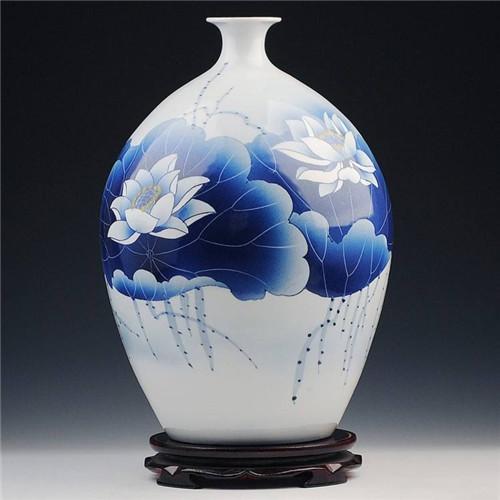
Porcelain plays a significant role throughout the history of China and even to the world. From its practical value, porcelain has long been an indispensable part of our lives. Since thousands of years ago of China, they were widely used as tableware and decoration. To the European ladies in the 18th century, having a nice afternoon tea party with an elegant porcelain tea set is the finest way to enjoy the day.
From its artistic value, various types and exquisite patterns of porcelains carries the unique exotic beauty and historical significance of ancient China, which makes some collectors still obsessed with it. Ancient Chinese porcelain has been sold at high prices, but some of the national treasures are not in China.
Porcelain is a great gift from the ancient Chinese labouring people. The invention of porcelain was a great contribution of the Chinese nation to world civilization.
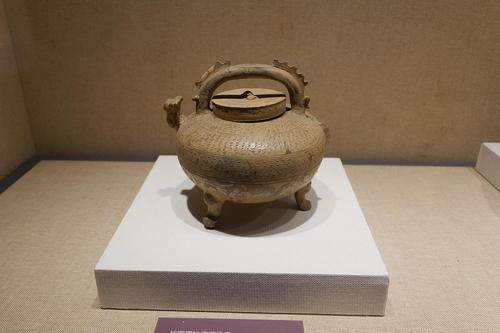
As the hometown of porcelain, early porcelain appeared in China in the middle of the Shang Dynasty, about the 16th century B.C. It is generally called "primitive porcelain" because it is still rough on the body or in the calcination technique of the glaze layer, and the firing temperature was low, showing the primordial and transitional properties.
Comparing with all kinds of pottery, porcelain has the characteristics of compact, durable, easy to clean and beautiful, so it has a broad prospect for development. The continuous improvement of the firing technology and output of the original porcelain laid the foundation for the porcelain to gradually replace pottery and became the main ware of the Chinese people.
After another 1600 ~ 1700 years of change and development, the porcelain making technique gradually grows up into a little kid from a baby.
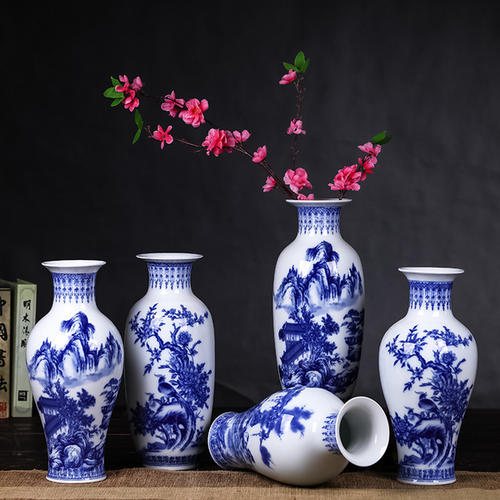
During this age, most of the unearthed porcelain relics are celadon. This celadon shows fine features of hard, non - absorbent surfaces with a layer of green vitreous glaze. This high-level porcelain making technology marks that China's porcelain production has entered a new era.
Due to the imperfect craft, the color of the celadon was uncontrollable because the craftsmen didn’t know how to sort out the impurities in the clay. Also, the proportion of raw materials and the temperature were not well controlled. Until Sui and Tang dynasties, the appearance of the whiteware proved that they finally found a way to manage the ratio of the raw material, and the temperature of the furnace has reached to 2192 degrees Fahrenheit. The little kid has just hit the puberty! It was so close to meet the modern porcelain making standard.
In the Song Dynasty, new advances were made in the quality of porcelain, glaze and production technology, and the porcelain technology reached its zenith. Now, you are facing the stage of a teenager fully grown into an adult.
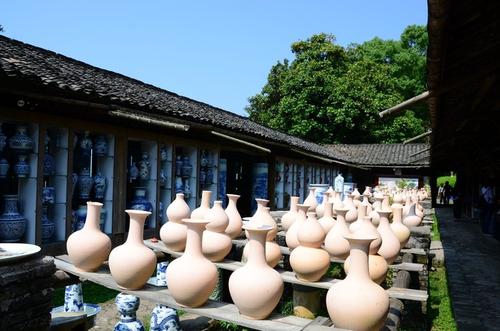
During the reign of Emperor Zhenzong of Song, the place originally named Changnan Town was renamed "Jingdezhen" as a gift of the emperor, and it was famous for firing the blue and white porcelain. Later, under this name, this place became the center of porcelain making in China, even to the whole world.
Yuan Dynasty began, a dominating situation of Jingdezhen ended the contention of a hundred schools of thought for porcelain, Jingdezhen has become a unique sole head of the porcelain making industry. The dominant position of Jingdezhen did not hold its back, and it had continuously making progress in the porcelain made technique. At this stage, the technique of the craftsmen is vastly superior to what it was before. The craftsmen in Jingdezhen are the master of colors. As the technique has reached a new level, aesthetic standards have also moved up to a new level.
Roll with the wheel of the history, the diversity of glaze adding methods in Ming and Qing Dynasties marked the continuous improvement of Chinese porcelain making technique. During the reigns of several emperors, different genres sprung up, the craftsmen pursuit the bold use of color, created a blooming situation. It is like an Olympic game of color! With the opening of the New Route, Chinese porcelain finally have a chance to meet the world.
At the begging of the 16th and 17th centuries, the porcelains were only imported for the royal families for special occasions. Until the 18th century begins, the popularity of porcelain among the middle class had reached an unprecedented level. The people were so crazy for it. They were more than willing to spend their family wealth even getting into debt to make sure those pieces of beautiful porcelain stays in their displaying cabinet, for owning a piece of Chinese porcelain is a symbol of wealth and nobility. There was a French phrase which perfectly described this mania, “La maladie de porcelaine”, the porcelain sickness.
Chinese porcelain can be generally divided into two major categories, single color-glazed porcelain and painted porcelain.
There are five subcategories of single color-glazed porcelain:
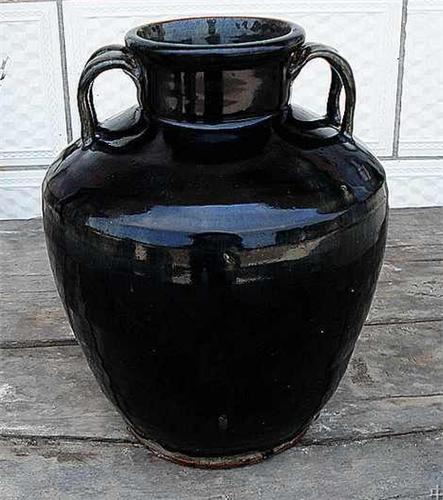
Also known as green porcelain, the glaze containing iron oxide. It is the earliest porcelain, well developed in the most famous Longquan Kiln during the Song Dynasty.
Also known as Tianmu (God’s eye) porcelain, it is fired based on celadon with increased iron content. Famous kilns include Jian Kiln and Deqing Kiln.
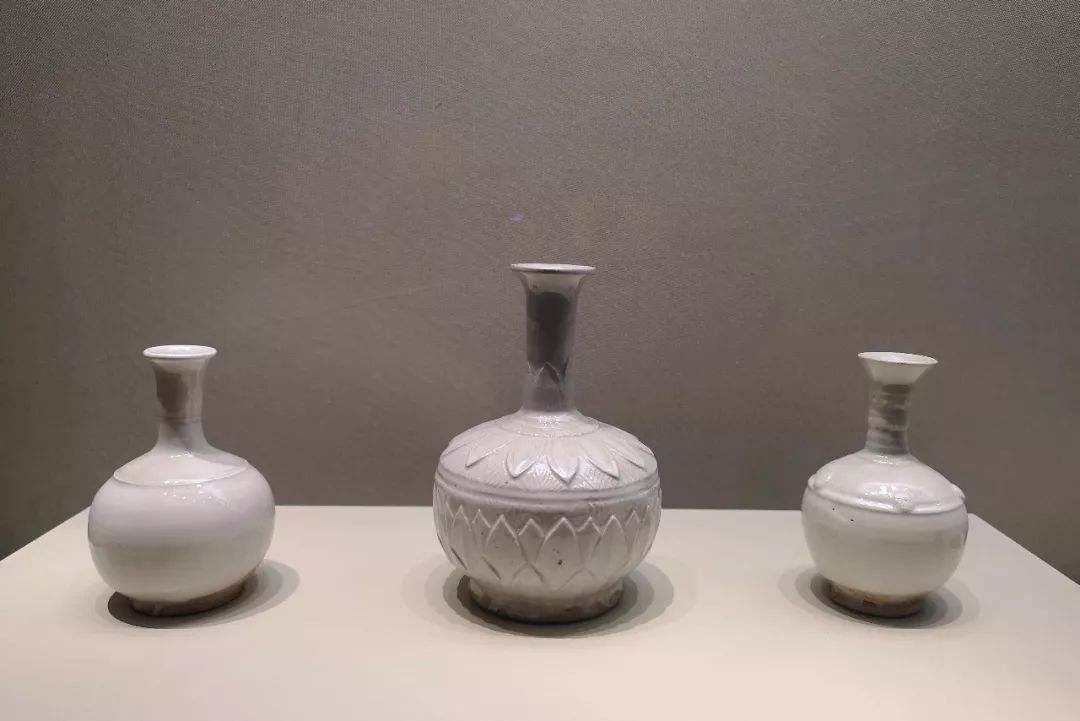
Due to low iron content, the body of this type of porcelain was formed with a transparent glaze. Ding and Xing kilns were the most famous ones. The appearance of white porcelain made it possible to paint on porcelain, thus laying the foundation for the development of colored porcelain.
Also known as Yinqing (blue shades), Yingqing (hidden blue), cover green, etc. The color of the glaze is in between the blue and white, it’s like a perfect mixture of blue and white, seemly like a piece of clear jade or blue ice.
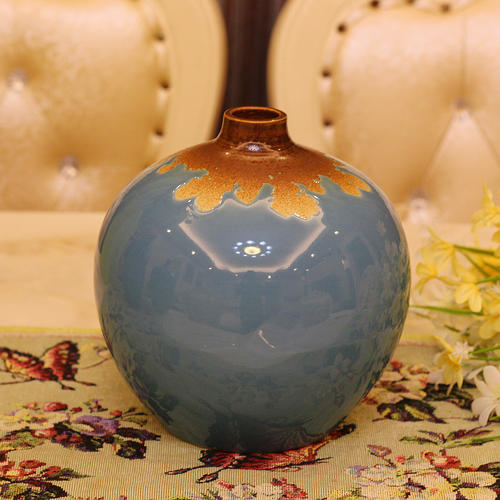
Color glazed porcelain refers to glazed porcelain with color, which is fired in a sealed condition. Due to different contents of iron oxide and copper oxide and different firing temperatures, different colors of glaze appear. Colored-glaze porcelain includes red glaze, paste glaze, blue glaze, yellow glaze, green glaze, purple glaze, etc.
As the name suggested, painted porcelain refers to the painted patterns on the surface of the porcelain body. There are mainly three types of painted porcelain: underglaze colored porcelain, overglaze colored porcelain and contrasting color porcelain.
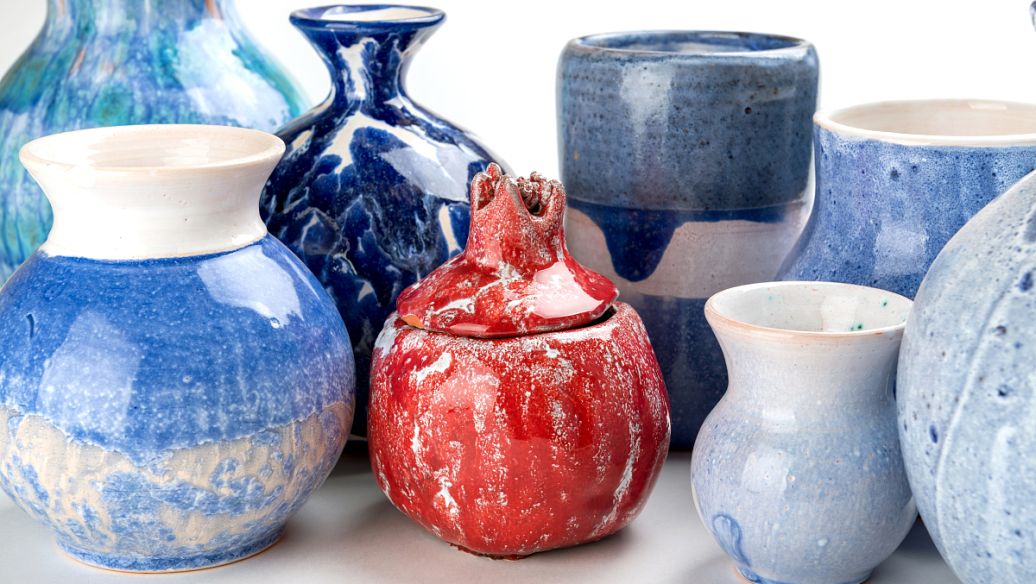
In the Ming and Qing Dynasties, overglaze color (powdery color) was first created, which was also the peak period for the development of painted porcelain, with Jingdezhen Kiln making the most outstanding achievements.
The colored ornamentation painted over the surface of the glaze of the porcelain was called overglaze color. From simple patterns decoration to complex patterns decoration, from one color gradually changes into a fusion of a variety of colors, which make the porcelain shiny and colorful, and its artistic quality being enhanced at the same time.
Underglaze colored porcelain was first started from the Eastern Wu Kingdom during the Three Kingdoms period.
The colored ornamentation painted below the surface of the glaze of the porcelain was called underglaze color. The feature of underglaze color is that the painting pigment is not exposed to the air, but under the cover of transparent glaze, which will not be worn and corroded in the process of use, and will not be contaminated or contaminated.
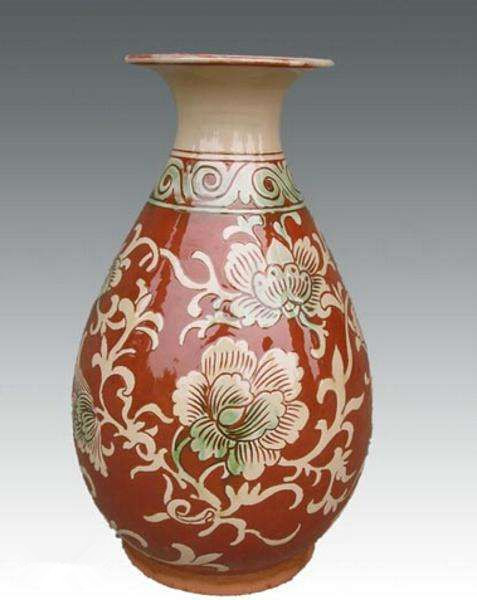
Contrasting color porcelain is the treasure of traditional Chinese porcelain making. First appeared in the Ming Dynasty, the period of the reign of Xuande Emperor. In the Ming Chenghua period, contrasting color porcelain is the most highly respected. And underglaze color (blue and white) and glaze color combined with a decorative variety. It is the combination of overglaze color and underglaze color, with the underglaze color outline the patterns, and overglaze color to fill the blanks.
To judge the value of a nice piece of painted porcelain is not from its glaze color, but by its various shape, painting methods and the usage of color.
While talking about the types of porcelain, you don’t want to miss the five famous kilns that produced porcelain back in the Song Dynasty. The five major kilns all have their own unique styles:
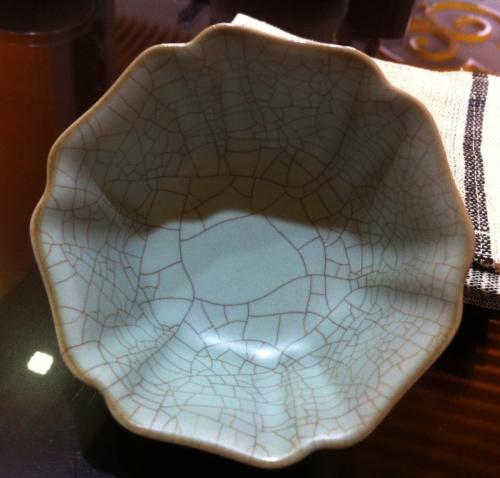
The crown of the five famous kilns in Song Dynasty. The glaze of its products is mainly light blue, clear and glows in a mild way. As there are few works handed down from Ru Kiln, it is rumored to be less than a hundred pieces. And because of its exquisite craftsmanship, the porcelain from Ru Kiln is very precious.
The location of the Ge Kiln is unknown. According to the analysis of various data, it is most likely that the Ge kiln was set together with the imperial kilns of the Northern Song Dynasty. The porcelains of Ge Kiln are mainly collected in the Forbidden City of Beijing and Taipei.
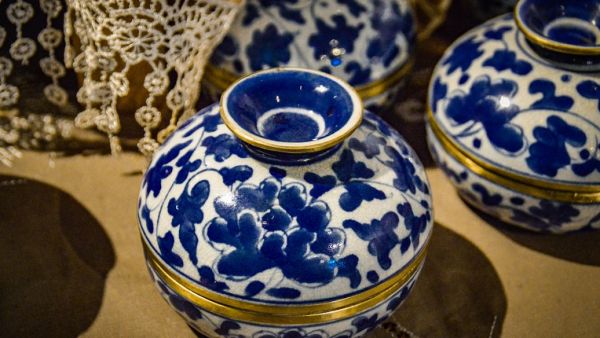
The Guan Kilns of the Song Dynasty were directly built by the government, and were divided into the Northern Song Dynasty Guan Kiln and the Southern Song Dynasty Guan Kiln. The Guan Kiln of the Northern Song Dynasty began to produce porcelain at the time of Song Huizong in the late Northern Song Dynasty, and the specific kiln site has not been discovered so far. The existence of the Guan Kiln has always been a controversial issue. Generally, scholars believe that the Guan Kiln is the Bian Jing (an ancient capital of China) Official Kiln, which was set up in Bian Jing and fired porcelain for the imperial court.
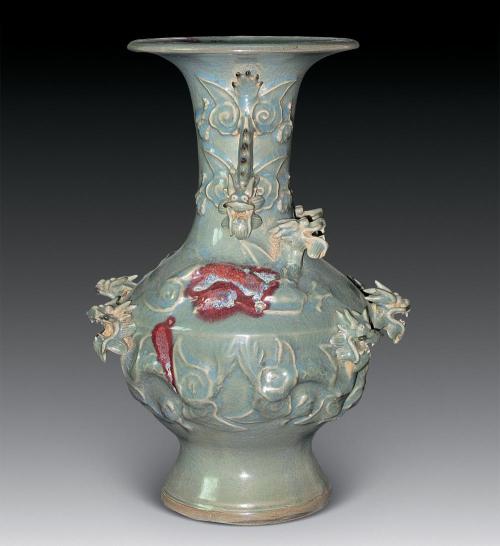
The typical feature of Jun Kiln is "an earthworm walking mud pattern", which is because the glaze of Jun porcelain is thick and sticky. So when cooling, there are some areas that are filled with glaze between the opening and the non-opening. It will be like traces of earthworms crawling on the wetland after the rain has passed. The porcelains of Jun Kiln were the most colorful ones in Song Dynasty. The blackish green and lush green porcelain had also earned a good reputation. Even today, this kiln still produces all kinds of porcelain arts.
Ding Kiln was the first kiln to fire imperial porcelain for the Northern Song Dynasty court, and it was also the only kiln to fire white porcelain among the five famous kilns in Song Dynasty. Ding Kiln’s site was in Quyang County, Hebei Province. Ding Kiln’s products are mainly white porcelain and other rare varieties such as purple glaze, red glaze and black glaze.
Porcelain is not only a simple fusion of water and earth, but also with the passion and love of those craftsmen. They dedicated most of their life into something they truly love. Their joys and sorrow are all blended and kneaded into the earth, and then reborn into a fine piece of art.
Step 1 : Pugging the raw material
Take the porcelain stone from the mining area, then hammer the stones and break them into the size of eggs, and then crush them into powder, washing up the powder to remove impurities. After precipitation, shape them into brick-like clay. Then mix the brick-clay with water again, filter the residue, rub the clay with bare hands, or trample with the foot in order to squeeze out the air inside.
Step 2: Shaping the greenware
Throw the prepared clay at the center of the spinning wheel, then shape the body through bending, stretching and releasing of the handle. Shaping the greenware is the first process before all the work, and it is also a good way to test the shaping technique of the craftsmen.
Step 3: Modeling the greenware
The mold was carved by the inner curve of the greenware. Then place the half-dry greenware on the mold, pat and press the greenware even and gentle, then remove the mold.
Step 4: Trimming the greenware
Place the greenware on the rotary drum. Then trim the greenware while the drum spins, in order to make the thickness of the greenware proper and clean it inside and outside. This process requires highly strict technique, since this is the crucial part of determining the final shape of the porcelain.
Step 5: Airing the greenware
Put the trimmed greenwares on the wooden shelves and leave them air dry naturally.
Step 6: Carving the air-dried greenware
The craftsmen would use a bamboo made knife (or bone made, iron made) to carve the exquisite patterns.
Step 7: Glazing
The dip-glaze and swing-glaze are often used on the normal round ware. For large ware or hollow ware, blow-glaze would be a better option. Most of the ceramic products needed to be glazed before they can be fired in the kiln.
The glazing skill seems quite simple, but it is very important and difficult to master. It is quite a challenge, since you have to even the glaze of the greenware and control it in a proper amount. In the meanwhile, you can’t ignore the fluidity of the different kinds of glaze.
Step 8: Firing
First of all, put the greenware into the sagger box. The box is the container for firing ceramic products and made of refractory materials. Its function is to prevent direct contact between porcelain greenware and kiln fire and avoid pollution, which is especially well for firing white porcelain. Sealing the kiln door, igniting the kiln with pine wood, measuring the temperature, observing the kiln temperature change, after one day and night, you should decide when to put out the fire.
Step 9: Painting
Painting on porcelain can be very different from normal painting. Because the color you saw the painter painted on the greenware will change significantly after firing. After the temperature in the furnace over 2192 degrees Fahrenheit, the ordinary clay has reached a point of transformation, then you will be surprised by its glorious color, since a few hours ago it was only a piece of semi-finished product with dull color and mediocre appearance.
The elegant, colorful porcelain is no doubt one of the greatest inventions of ancient China.
You can easily buy some nice porcelains in China. Here are some recommended places in Beijing, Xian and Shanghai.
Panjiayuan Market - a large antique art market of strong Chinese folk culture, famous for numerous products
Address: 18 Huaweili, Chaoyang District.
Spin(Beijing Market) - a modern designed porcelain brand, yet stick with the traditional craftsmanship
Address: Room 108, Building 2, 24H Gear Farm, No.2 xili, Dingfu Zhuang, Chaoyang District
Xian Antique Market has the longest operation time and the highest brand awareness in Xi 'an. It mainly deals in cultural works of art such as antiques, porcelain, jade, bronze ware, calligraphy and painting, badges, books and ancient coins.
Address: No.66, West Xingshan Temple Street, Yanta District, Xi’an
Spin (Shanghai market) - the largest store of this brand. As early as 2007, it has been recommended as a tourist attraction in such guidebooks as Lonely Planet, with the title of "Top 10 Places to Visit in Shanghai".
Address: 1F Bldg D2, 5i Center II, 538 Hutai-zhi-Road, Shanghai China
Fuyou Arts and Crafts Market - nearly a thousand stores, which were as famous as Beijing Panjiayuan Antique Market.
Address: No. 457 Fangbang Middle Road, Huangpu District.